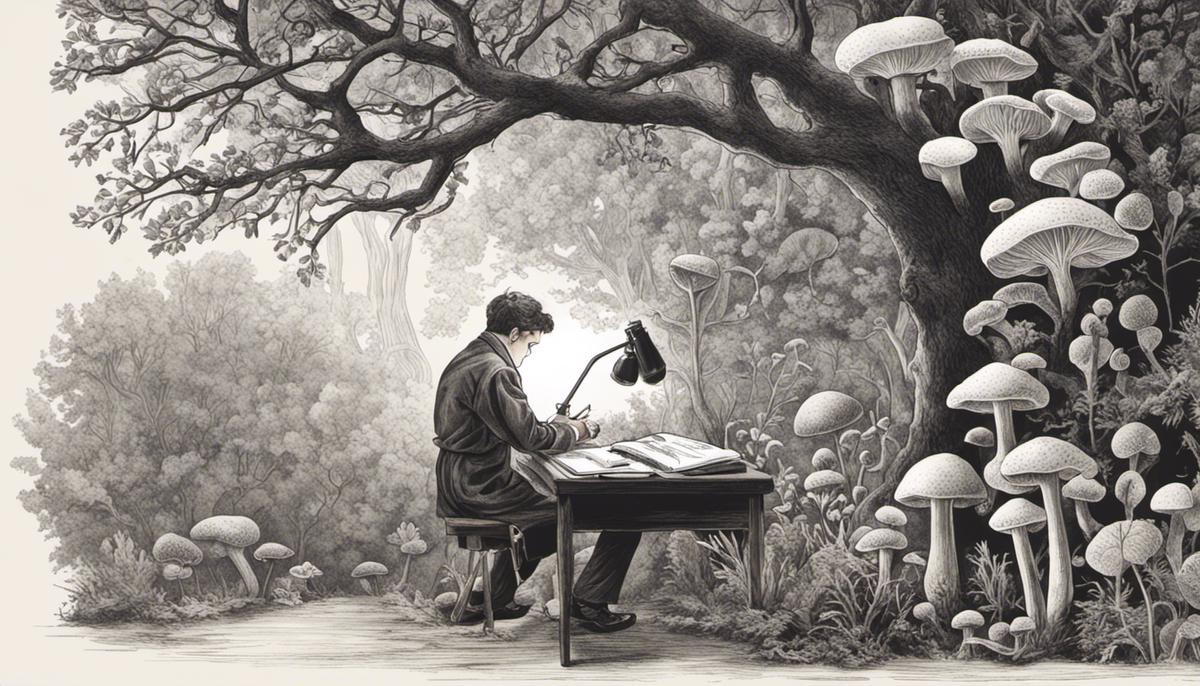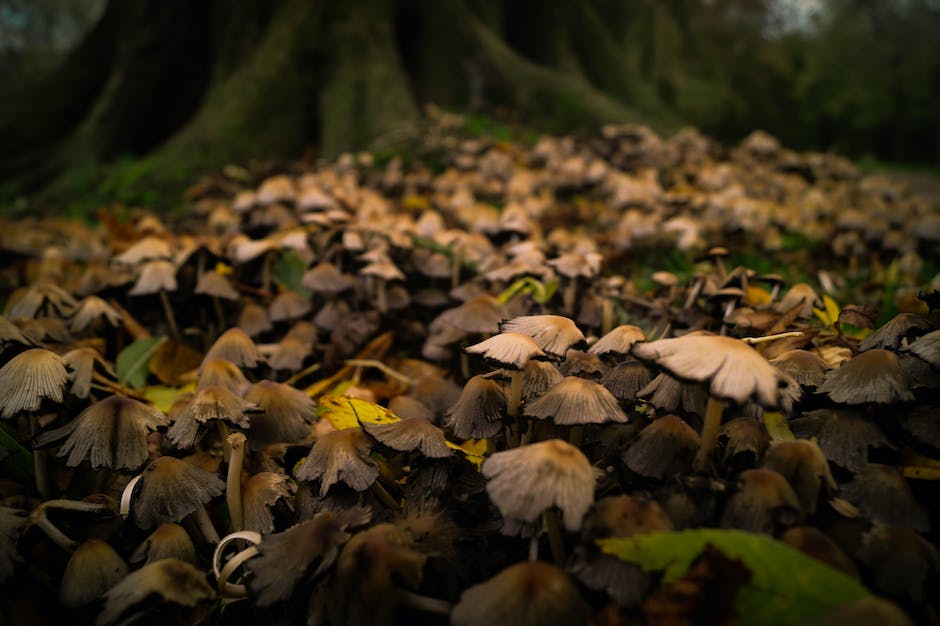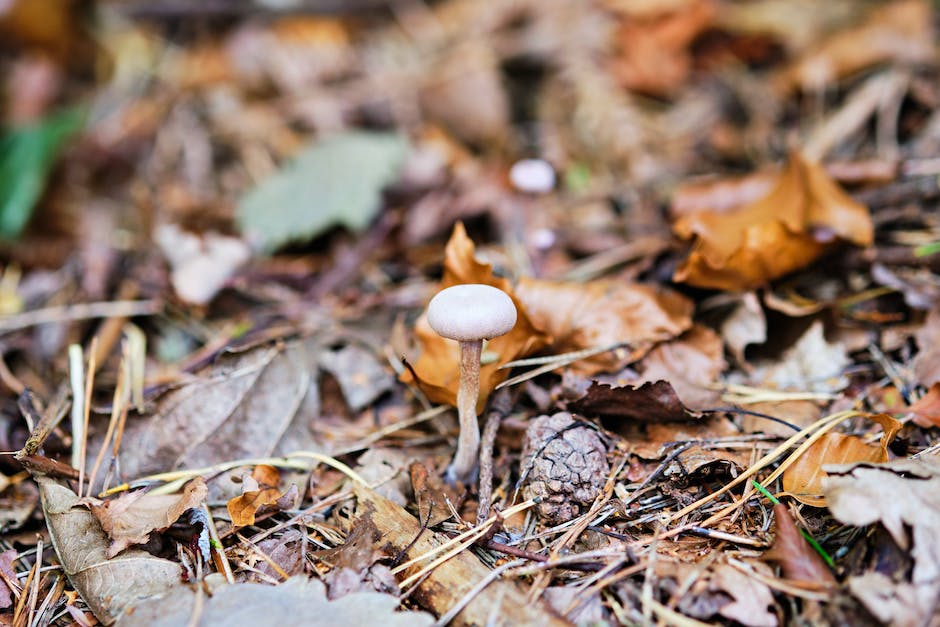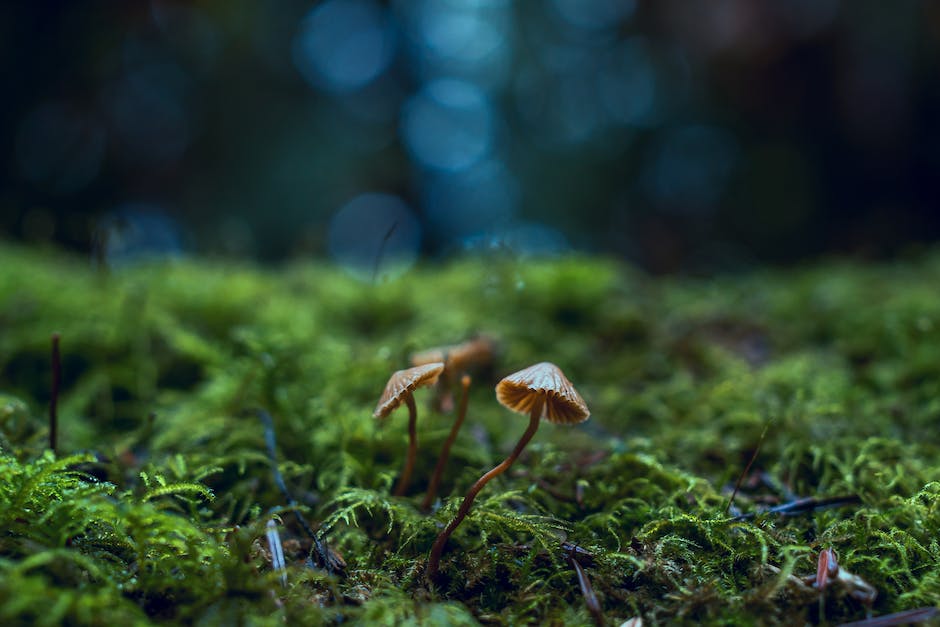Step-by-step Guide to Mushroom Cultivation

Mushroom cultivation is a satisfying and intriguing hobby that offers a close-up look at the fascinating world of fungi. Venturing into this realm presents an opportunity to develop your knowledge about this unique kingdom, which extends beyond a simple appreciation for their culinary appeal. It’s not just about savoring the delight of homegrown mushrooms; it’s about peering into the complex and multifaceted world of Basic Mycology. Knowing how these organisms function and interact with their environment demystifies their growth and gives you a better understanding of how to effectively cultivate them in your own space. Decluttering the process into manageable pieces—understanding Basic Mycology, preparing the mushroom spores or spawn, and creating the right environment—makes it all the more achievable.
Understanding Basic Mycology
The Fascinating World of Mycology – The Bedrock of Mushroom Cultivation
Immerse yourself in the world of mycology, and you’ll be armed with an invaluable asset in the realm of mushroom cultivation. An understanding of mycology is a gardener’s best tool when it comes to mushroom cultivation, transforming an interesting hobby into a passionate pursuit.
But what exactly is mycology? It’s the study of fungi, which includes our much-loved mushrooms. Originating from the Greek words ‘mykes’ (meaning fungus) and ‘logos’ (meaning study), this fascinating branch of biology dives into the classification, genetics, and biochemistry of fungi.
Mycology’s relevance to mushroom cultivation is undeniable. This discipline extensively explores fungi’s growth patterns, life cycles, ecological roles, and their nutritious or poisonous characteristics. This knowledge not only guarantees successful cultivation but also ensures safety, as some mushrooms can be lethal if consumed.
In-depth knowledge of mycology distinguishes accidental growers from deliberate ones. It provides guidance on the optimal timing for introducing mushroom spores into growing media for successful cultivation. Additionally, it aids in recognizing any potential issues, such as contamination from unwanted rival fungi or bacteria.
When growing mushrooms, mycologists usually start with spores, becoming the conductors of these fungi’s life symphony. They understand that a sterile environment is crucial for successfully initiating and maintaining mushroom culture. With a firm foundation in mycology, cultivators can also manipulate the growth process, prompting the fungi to produce fruiting bodies sooner or in larger numbers.
Ridding the growing area of contaminants obliges a deep dive into mycological research. The application of heat or chemicals to sterilize the area is guided by mycology, allowing cultivators to manage fungi’s tricky, often combative environments.
Once mushrooms have been successfully grown, identification is the next crucial step. Remember, some mushrooms can be dangerous. Mycologists use their expertise to identify species, even those that look eerily similar. True mycologists know not to rely solely on appearance, as cap color or gill pattern alone can be deceiving. They investigate spore prints, odors, and microscopic features – all included in a mycologist’s identification toolkit.
In the end, mycology is to mushroom cultivation what music theory is to playing an instrument. You can make good music without knowing the theory, but to master it, to intentionally compose, understand, and control it, one must study.
So hop on the exciting journey of mycology, and watch it enhance your mushroom cultivation adventures. Let the spores lead the way to a world filled with fascination! Happy foraging and cultivating!

Preparing the Mushroom Spores or Spawn
Once the exciting world of mycology has been explored, and a firm knowledge of mushroom species, growth patterns, and ecological roles have been established, it’s time to delve into the practical aspect of mushroom cultivation – the preparation of spores or spawn.
In the realm of mushroom cultivation, the term “spawn” refers to mycelium, which is the root structure of a mushroom, grown on a substrate like grain or sawdust. On the other hand, mushroom spores are the “seeds” that give birth to the mycelium.
The spore preparation process begins with collection and sterilization. Perhaps you have stumbled upon an enticing wild mushroom during one of your nature walks, and you decide to take a spore print. Place the cap gill-side down on a piece of foil, cover with a cup, and leave it for 24 hours. The spores will drop from the cap, creating a spore print which can be scraped into a sterile container for storage or use.
For longevity, store your spores in a cool, dark place in a dry sterile vial. The cooler and darker, the better as it promotes longer viability of the spores.
Before use, the spores need to be sterilized to prevent contamination that could lead to crop failure. Most hobbyists use a pressure cooker to sterilize the spores and the substrate they’ll be growing on. Pressure cook at 15 PSI for two hours to ensure all contaminants have been destroyed.
Upon sterilization, it’s time to inoculate your substrate, be it grain, straw, or wood. This involves adding the sterilized spores to the substrate in a sterile environment to prevent the introduction of contaminants. Often this process is carried out in a homemade glove box or a professional flow hood.
Once inoculation is completed, the substrate should be sealed to keep it sterile and then stored in a dark, warm place to allow the mycelium to grow. The ideal temperature for most species falls between 70-75 degrees Fahrenheit. Avoid fluctuating temperatures to allow consistent growth of the mycelium.
One of the key factors to consider during this process is patience. The journey to full colonization of the substrate can take anywhere from a few weeks to a month. Rushing the process will yield no fruitful results. The growth of mycelium is something that can’t be rushed.
Once the substrate appears fully colonized (it will turn entirely white), you can introduce it to fruiting conditions: high humidity, fresh air, indirect light – and wait for mushrooms to grow.
Always remember, enjoyment and learning are at the core of this hobby. A successful harvest is just a bonus. Happy mushrooming!

Creating Appropriate Environment for Mushroom Growth
Diving deeper into the fascinating world of mycology, let’s now venture into the idyllic setting that helps mushrooms sprout and thrive. To cultivate mushrooms, one must understand the prime-cordon that merges the puzzle of Mother Nature and the art of mushrooming – the ideal conditions for mushroom growth.
Taking this journey from spore to gourmet culinary ingredient, consider first that mushrooms aren’t plants, but fungi. Their nutritional needs vary greatly from your household fern or tomato plant. Instead of sunlight, mushrooms’ primary need is a rich and nutritious substrate, the material on which they grow. Substrates are often soil-like, composed mainly of wood-based materials such as straw, logs, wood chips, or sawdust. This humble mushroom bedding is then laced with a smorgasbord of organic materials like corn syrup, soy, or wheat germ, creating a utopian paradise for fungi.
Equally important is the element of moisture. Mushrooms are approximately 90% water, potentially creating a major danger for dehydration if not properly hydrated. Therefore, maintaining a high humidity level, around 85-95%, in the environment is crucial for productive results. A common technique to achieve this feat is misting water in the mushroom’s nurturing area several times a day or setting up a natural or automated humidity system.
Next on the list, comes the aspect of temperature. It stands as a silent regulator in the growth cycle of mushrooms. Different mushroom species favor different temperatures, but the majority thrive between 55°F to 75°F (12°C to 24°C). Monitoring the temperature to mimic mushrooms’ natural conditions can ramp up the success in mushroom cultivation manifold.
Moreover, air exchange plays a pivotal role in the mushroom growth environment. That’s right, mushrooms exhale too! They breathe in oxygen and exhale carbon dioxide, much like humans. Without proper ventilation, carbon dioxide can build, inhibiting growth and encouraging mold. Therefore, keeping a gentle airflow or regularly fanning the growing area can maintain a symbiotic relationship with the flourishing fungi.
One might then ask, “what about sunlight?” While it’s true mushrooms famously grow in dark, damp environments, they do require some exposure to indirect sunlight. While they don’t photosynthesize, the subtle light exposure regulates their growth, helping them understand when to fruit. So, remember to let your mushrooms peek at the sun occasionally but not bask in it directly for hours.
In summing up, mushroom cultivation has a charm of its own, combining an insatiable curiosity, a nurturing instinct, and the excitement of being part of a natural growth cycle. While it might require patience and attentiveness, the reward, a burgeoning flush of fresh mushrooms, is nothing short of a miracle. So, put on those gloves, look at that bag of spores, and jump into the mystifying, marvellous world of mushrooms. After all, life’s too short not to smell the spores!

Entering the world of mushroom cultivation is to dive into a remarkable journey that enhances our understanding of our environment and allows us to think about diet in creative new ways. With a firm foundation in Basic Mycology, the ability to carefully prepare your spores or spawn, and the know-how to create the optimal environment for each specific species, the opportunity to grow your own edible mushrooms becomes an attainable reality. This task, which could initially seem daunting, morphs into a rewarding and enlightening undertaking that melds science and gourmet cooking in your own kitchen. The thrilling prospect of growing your own mushrooms from scratch isn’t just an activity, it’s a testament to the blend of caution, curiosity, and the thrill of watching a spore transform into a tasteful delight.



